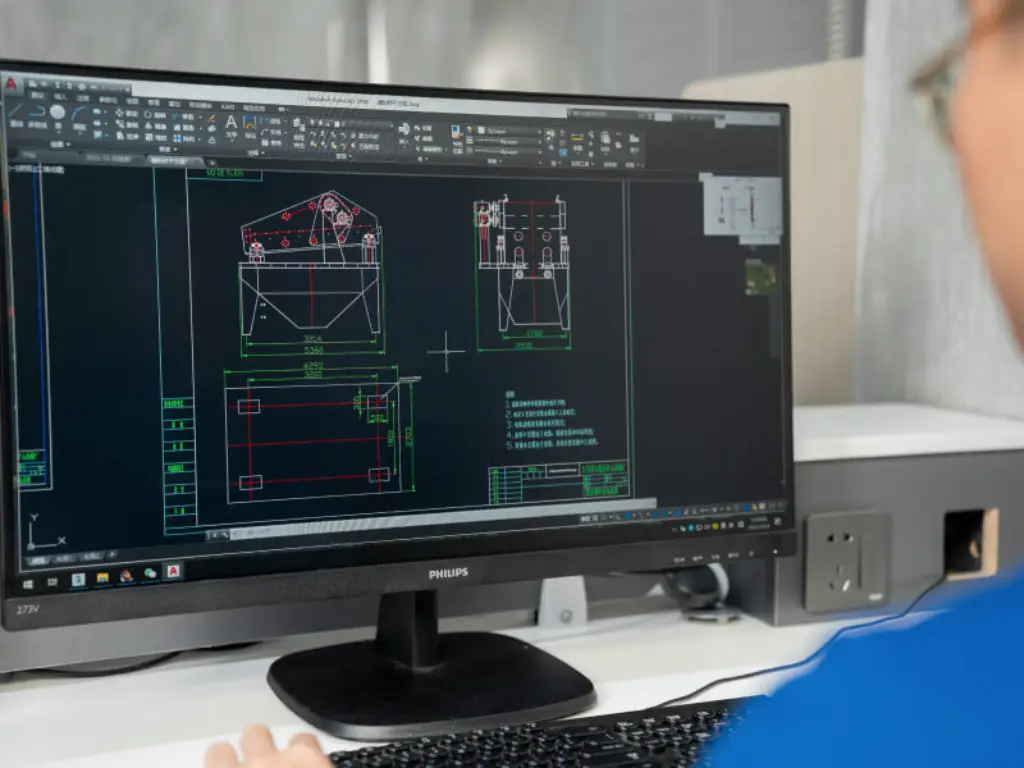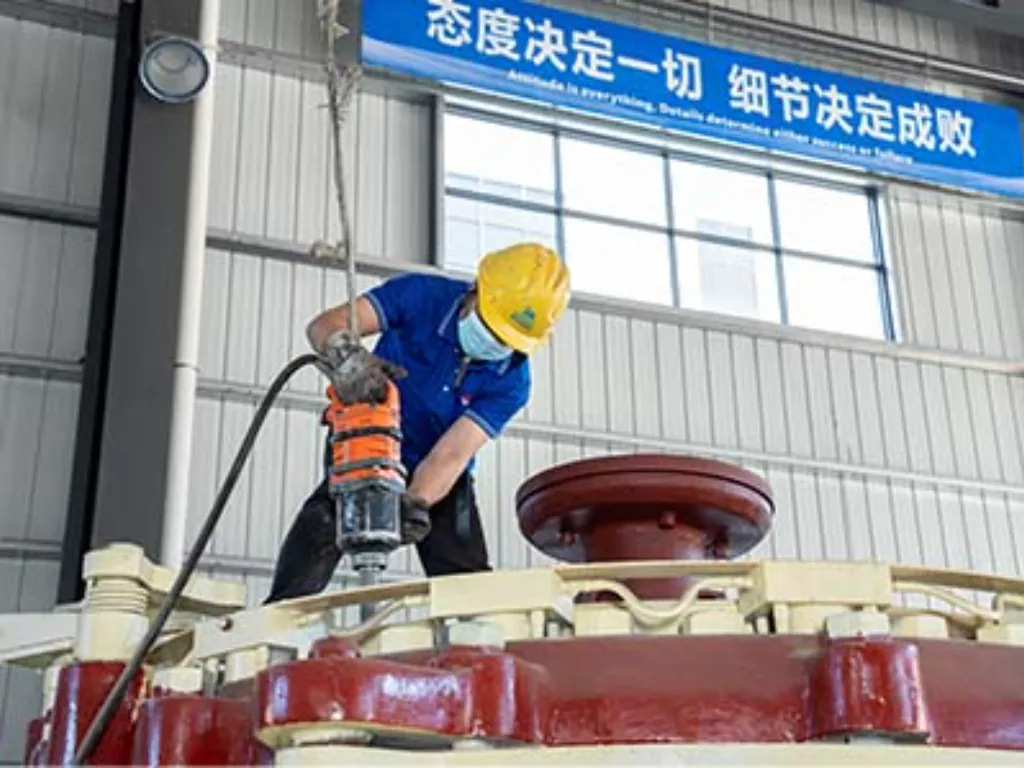We were established as the most specialized mineral processing equipment company since 1985.
In the silver mining process, the crushing and grinding stages can effectively break the raw ore to the appropriate particle size, fully exposing the silver minerals, thus improving the efficiency and accuracy of classification in the subsequent silver mining process. JXSC provides efficient crushing and grinding machines that can significantly improve the overall efficiency of the silver mining process.
In the silver mining process, the role of the classification stage is to classify the crushed and ground minerals according to the particle size to prevent the silver minerals from mixing with the waste materials, so as to facilitate the subsequent accurate beneficiation. The classification machines provided by JXSC can effectively reduce the mixing of materials and improve the recovery rate of the silver mining process.
In the beneficiation stage of the silver mining process, it is divided into flotation and gravity separation. Flotation uses a combination of reagents and bubbles to separate silver minerals from ores, while gravity separation separates by utilizing the density difference of minerals. Effective flotation and gravity separation can achieve the best concentration effect during dehydration, reduce moisture and impurities in the silver mining process, and improve the quality of the final product. The beneficiation machines provided by JXSC are designed to accurately separate silver minerals and help your silver mining process business!
The main function of the dehydration stage in the silver mining process is to remove moisture from the slurry, increase the concentration and dryness of the silver mineral, and prepare for subsequent processing and sales. Effective dehydration treatment can significantly reduce transportation costs and storage space in the silver mining process, while improving the processing efficiency of minerals in the silver mining process. The dehydration machines provided by JXSC are designed to optimize the dehydration process and ensure optimal drying of the minerals in the final stage.


-1.webp)
We provide a complete equipment list based on specific sliver mining process requirements and provide design drawings within 24 hours, which is 80% faster than our competitors.



We carry two sets of worn parts and provide 24/7 customer service, onsite troubleshooting, and real-time remote video diagnostics, all backed by a 1-year warranty.
We have two factories, the Dongneng factory covers an area of 16,324.2 square meters, and the Shicheng factory covers an area of 10,000 square meters.
JXSC has 37 years of experience in the silver mining process. Since its establishment in 1985, it has provided 50 material handling solutions to 40+ national and regional markets.
All equipment has passed multiple test items, including raw material inspection, manufacturing operation test, etc., to ensure that the equipment meets high standards in all aspects.
The products will use the best parts such as ABB motors, SKF bearings, SEW reducers, and SIEMENS electrical components to manufacture equipment.
-1.webp)
To optimize the silver mining process, it’s essential to implement advanced technologies and best practices at each stage, from extraction to processing. This can involve using automated equipment for precise drilling, efficient ore sorting, and enhanced recovery methods like flotation and gravity separation. Regular monitoring and analysis of operational data can also help identify areas for improvement, ultimately increasing overall efficiency and yield.
Ensuring worker safety in the silver mining process involves adhering to strict safety protocols and regulations. This includes providing proper training, personal protective equipment (PPE), and conducting regular safety drills. Additionally, implementing effective ventilation systems and monitoring for hazardous materials can significantly reduce risks, creating a safer working environment for all employees.
Managing waste from the silver mining process is crucial to minimize environmental impact. Effective strategies include implementing waste segregation, using tailings management systems, and ensuring proper disposal methods for hazardous materials. Reclamation efforts should also be considered to restore mining sites and reduce the ecological footprint of mining operations.
The market significantly influences the silver mining process, as fluctuations in silver prices can impact investment decisions and operational strategies. Higher prices typically encourage increased exploration and production, while lower prices may lead to reduced output or the suspension of less profitable mining operations. Understanding market trends helps miners make informed decisions about resource allocation and process optimization.
Silver is commonly found in mineral deposits, often associated with other metals such as lead, zinc, and copper. Major silver mining regions include countries like Mexico, Peru, China, and Australia, where silver is extracted from both primary ores and as a byproduct of other mining activities. The silver mining process begins with identifying these deposits through geological surveys and exploratory drilling.
Silver is primarily mined through underground or open-pit mining methods, depending on the location and type of deposit. In the silver mining process, ore is extracted, crushed, and then processed using methods like flotation or cyanidation to separate silver from other materials. This allows for the efficient recovery of silver, which is then refined for various industrial applications.
To separate silver from other metals in the silver mining process, techniques such as froth flotation, cyanidation, and electrolytic refining can be employed. Froth flotation allows for the selective separation of silver-bearing minerals from ores, while cyanidation involves dissolving silver in a cyanide solution. These methods ensure high recovery rates and purity of the final silver product.
Silver has numerous industrial applications due to its excellent conductivity, malleability, and resistance to corrosion. It is widely used in electronics, solar panels, batteries, and photographic films, as well as in medical devices and antimicrobial coatings. Understanding these uses can help inform the silver mining process and drive demand for silver extraction.
We provide the best mine processing solution in the industry. We design our products with performance and efficiency, trusted over the years and recognized by many countries. Let’s get you started.

Copyright © 2022, JXSC All rights reserved.
Privacy Policy
Terms & Conditions
